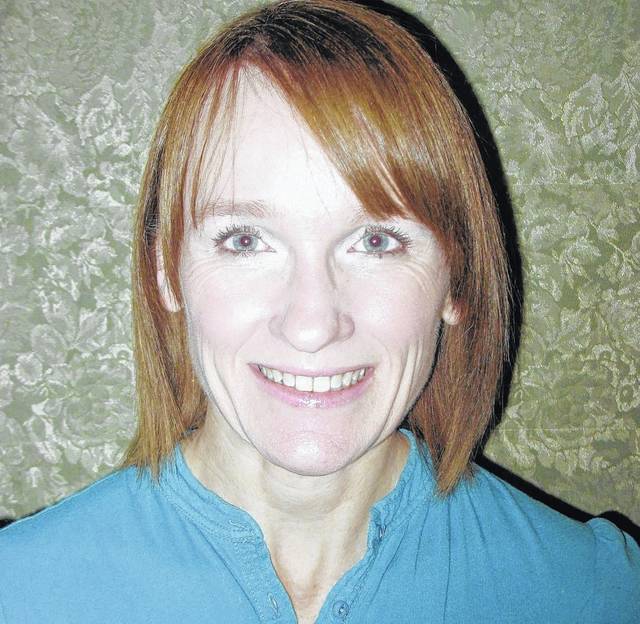
SIDNEY — The city of Sidney Community Development Department provides a wide variety of professional development and planning services to the citizens of Sidney.
“The department is responsible for ensuring compliance with city ordinances for the development and continued maintenance of every property in the city, including review and approval of permits, inspections, and enforcement of the city’s building, zoning, and property maintenance regulations,” said Director Barbara Dulworth. “Between on-going development, grant administration, and special projects, the Department remained exceptionally busy throughout 2017.”
Planning
Staff reviews proposed development for compliance with local regulations and presents cases to the Planning Commission or Zoning Board of Appeals as necessary. Staff presented a total of twelve cases to the Planning Commission in 2017. The majority of these cases were requests for replats or lot splits. The Zoning Code was amended to prohibit the cultivation, processing, or sale of medical marijuana. A total of 25 cases were presented to the Zoning Board of Appeals, including conditional uses, variances, and expansion of non-conforming uses.
Permits
Staff reviews a wide variety of permit applications for compliance with the City’s Codified Ordinances. Permits and development/ building activity continued at a slightly increased pace from 2016.
A total of 439 residential building permits were issued in 2017. Residential building permits issued include: new residential units (20 permits); additions, porches, and decks, (16 permits); HVAC, electric/gas turn-on, and rewire (342 permits); new garages, accessory buildings and renovations (52 permits); and other permits (nine permits). The number of electric/gas turn-on permits is due primarily to Vectren’s gas line replacement program. Removing the Vectren-related permits, the number of building permits issued was approximately 90% of the preceding year, however, the number of permits related to large investment (new residence, additions, new accessory structures) increased by 12 permits over 2016.
Zoning permits issued in 2017 totaled 194 permits. Twenty-six site plan permits were issued for new buildings or expansion of commercial or industrial development with total investments of over $27.7 million. In addition, 26 use compliance certificates were issued for new businesses moving into or expanding in an existing building. A total of 64 permits were issued for permanent and temporary signs, and 78 fence permits were issued.
Enforcement
Staff is charged with ensuring that properties throughout Sidney are in compliance with the rules set forth in the city’s Codified Ordinances and the Residential Code of Ohio. Staff inspects property maintenance, signage, occupancy of buildings, and construction activities. They also respond to citizen complaints and inquiries, and administer enforcement actions.
A total of 1,307 violations were addressed in 2017. The greatest number of violations were junk, garbage, and litter (631) with high grass and weed violations following (293). The regulations for high grass and weeds were amended in 2017 to reduce the maximum height of grass and untended vegetation to eight inches from the previous regulation allowing up to 12 inches. The property owner or occupant corrected 1,041 (79 percent) of the violations, with the city’s contractor correcting the remaining.
Special projects
The update of the City’s Comprehensive Plan culminated in 2017 with the adoption of the Plan by City Council in May. Staff also conducted research on two items that will be presented to City Council for adoption in 2018. The first is a vacant property registration program; and the second is revision to the sign regulations to ensure compliance with a U.S. Supreme Court ruling, Reed v. Town of Gilbert.
2018 outlook
As noted above, two major projects will be completed in 2018. The vacant property registry will be a new regulation, the purpose of which is to reduce potential dangers in vacant or abandoned buildings, stop neighborhood deterioration, and encourage re-use of existing properties. The amendment to the sign code will result primarily in changes to the regulations for temporary signs. Continuing research is necessary to compare model codes and determine what is most appropriate for our community.


